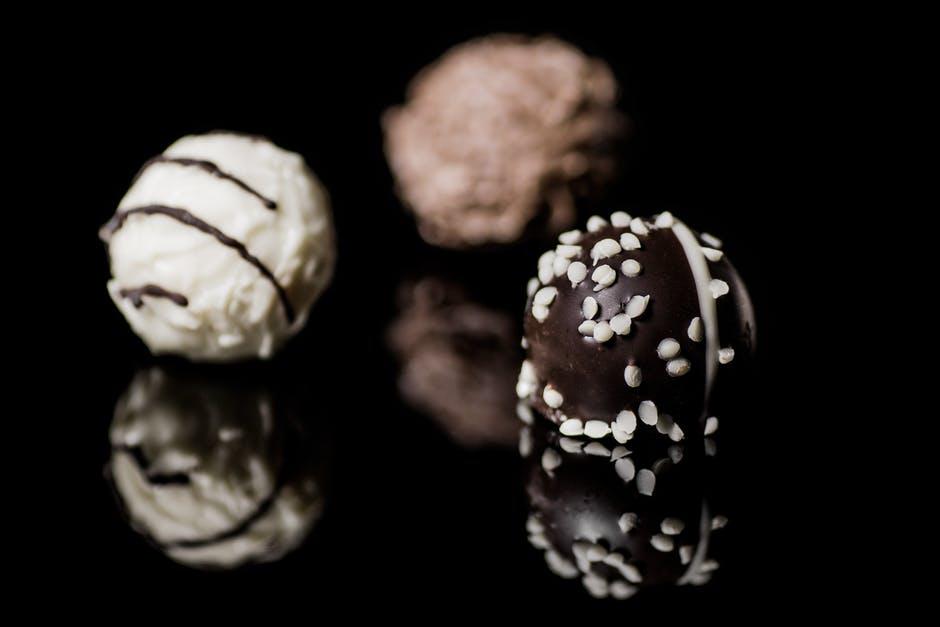
Imagine staking a brownie right in the center, with a sharp-shiny fork, and a pool of deliciously smelling chocolate springing out like a birthday surprise.
Chocolate adds drama and suspense to your baked goods. Little chunks of chocolaty goodness hidden in your cakes or cookies are the ultimate depiction of joy covered in baked goodness.
Chocolate is touted as an essential and perhaps the most versatile article across all sorts of bakeries. Dark, white, or milk, you can never go wrong with a silky-smooth addition to your baked goods.
Before exploring your options, here’s what you need to know about chocolate and its significance in baking.
Chocolates that contain 12 percent of milk solids and 35 percent of unsweetened chocolate are called dark chocolates. You can also find bitter-sweet and semi-sweet variants of this chocolate.
A mixture of 10 percent of cacao and 12 percent of milk solids creates the perfect blend of milk chocolate. The flavor and texture may differ due to the choice of milk content. You can find, ripe, sour, and caramelized milk chocolate in the market. Each will vary as per the sugar and milk caramelization ratio.
Instead of cocoa, this chocolate variant has high content of cocoa butter. Some might even argue that it’s not real-chocolate, because of the absence of cocoa. But it is still accepted and heavily used by majority. White chocolate is a mixture of 14 percent milk solids, and 20 percent cocoa butter.
Chocolate liquor is a solid block of chocolate free of sugar or any other flavors. This is a 100 percent pure chocolate block.
Couverture – originated from a French word meaning ‘to cover’ – is also known as dipping or coating chocolate. It contains high amount of cocoa butter around 31 to 38 percent, to allow ease of flow and a shiny effect to your coating.
Roasted, hulled, and un-grounded cocoa beans are known as cocoa nibs. They are bitter in taste, but add enticing flavor to your desserts.
When cacao liquor is pressed to remove cocoa butter content, an unsweetened powdered chocolate is formed. Cocoa powder comes in 2 variants— natural and Dutched.
Apart from the phenomenal taste, chocolate has a lot to offer to your dessert table. Cookies and brownies will lose their valor in the dessert market, if this basic ingredient was missing. So, chocolate is needed for more than flavor.
Eggs and flour are needed for strong foundation, whereas chocolate is used to add an additional layer of security and structure. Egg yolk and sugar add fluffy-ness and tenderness, and when you add cocoa powder to the mix more structure and strength is added to your baked good. You might have noticed how a dark chocolate cake is tougher and denser in nature.
Chocolate is high in fat content, which gives your frosting and ganache the creamy and velvety texture. The fat content present in the chocolate adds shine and smoothness to your desserts. Ever wonder how rich and creamy chocolate mousse are, well chocolates are to blame for it.
Flour absorbs all liquid ingredients in your recipe and provides structure to your batter. Chocolate plays the same moisture-absorption role. So, decrease flour content, if you are using chocolate in your recipe.
Get your hands on diverse chocolate range at Divine Specialties. We are an online chocolate shop, delivering wholesale sweets and chocolate along with branded chocolates like TCHO, Guittard, and Callebaut to California and beyond. If your order exceeds $99 you can avail our free delivery.
Subscribe to our profiles on the following social networks.